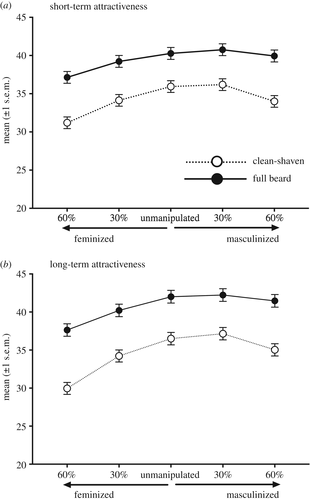The New York Times editorial board has published their endorsement for the Democratic party nomination, and it’s two candidates, Elizabeth Warren and Amy Klobuchar. This makes no sense. We don’t get to vote for two candidates, but only one, and the problem with the Democrats right now is that they have a too-crowded field. The only way to interpret this is that the NYT wants people to split their vote in a winner-takes-all system and disrupt the process even more, effectively handing the election over to Trump.
Also, it’s clear in the write-up that they really hate and fear Bernie Sanders. Their two choices are Amy Klobuchar, because she’s as moderate as they come, and Elizabeth Warren. They promote Warren because they see all the excitement and good ideas are coming from the left, not the center, and so they are acknowledging Warren is the lesser of two evils (from their perspective) in the battle with Sanders, but they don’t want her to get too cocky or too successful either, so they balance her with a spoiler, Amy Klobuchar.
It’s a cowardly, divisive endorsement from a conservative newspaper, calculated to create more confusion than clarity. It is also effective at making me question my choices, because Warren has been my #1 preference so far, but jeez, if she has the endorsement of such a chickenshit establishment paper that hates Sanders, maybe I should join my wife in voting for Bernie in the Minnesota primary.





